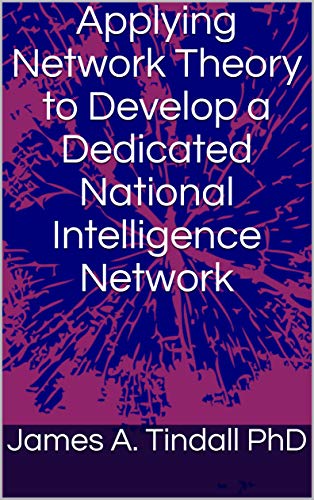Applying Network Theory to Develop a Dedicated National Intelligence Network
Adaptive terrorist organizational structure and the lack of intelligence sharing were to blame for terrorist attacks on September 11, 2001. Because terrorist groups are moving toward a less predictable, but more diverse, dynamic, and fluid structure, effective combativeness of terrorism requires fighting terrorists with a network. This network must be capable of collecting and sharing credible, reliable and corroborative information on an unprecedented scale, transcending geographic, agency, and political boundaries.
This principles in this book were used to develop all state fusion centers in the U.S. and demonstrates utilization of a network-theory approach for sharing information, which will be argued, can provide insight into the system dynamics of the U.S. IC because it allows a systematic, comparative analysis of the system representation and fundamental problems associated with information sharing. The problems associated with past intelligence failures can be overcome with such a system because the use of a dedicated, nationally networked system will allow completion of three primary tasks: (1) examination of the strength of criminal/terrorist connections, (2) identification of suspects and mapping of networks, and (3) prediction of future behavior and better likelihood of prevention, response, and prosecution. A dedicated national networked intelligence-sharing system called DNIN (Dedicated National Intelligence Network), including geographic areas, regional centers, personnel, computer IT networks, and policy options, which are discussed herein.

